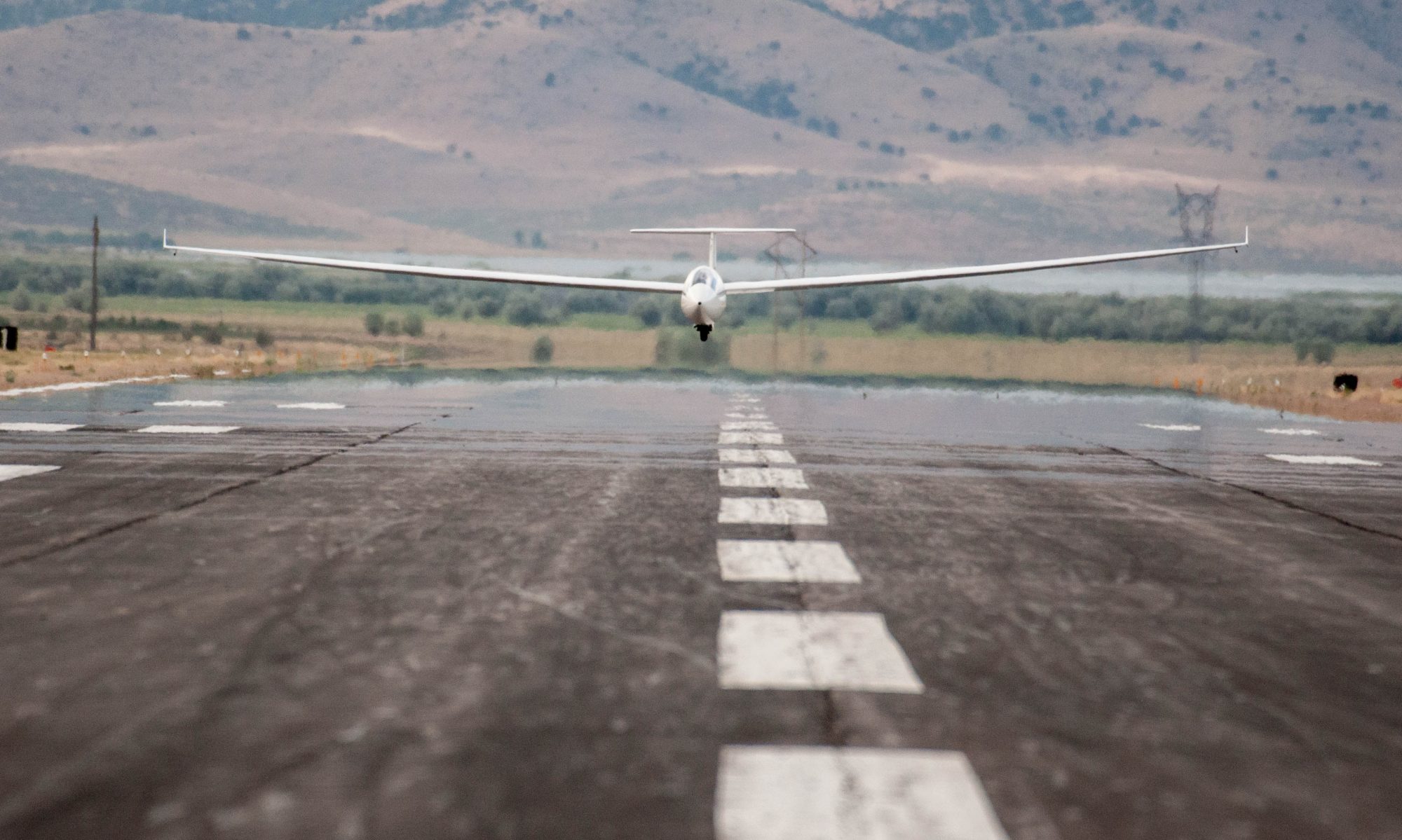In February 2019, AeroClub Albatross hosted a seminar series called “Soaring with the Champions”. Below is the YouTube link to a talk by Karl Striedieck entitled “Advanced Ridge Soaring Techniques” and a summary of the key takeaways.
“Advanced Ridge Soaring Techniques” – Karl Striedieck
Ridge running is for adrenaline junkies.
-
Weather / Wind:
- Weather Forecast: to identify good ridge conditions in advance Karl uses National Weather Service to look at positions of high and low pressure areas and alignment of isobars over the upcoming three days; also uses Terminal Area Forecast (TAF) for local station; TAF gives you winds in magnetic direction; apply magnetic variation to determine true direction
- Wind Speed: Need wind speed of at least 12kts to make progress (at least for the ridge-shapes found in Eastern US. If wind is less than 12kts you can stay up but you’re unlikely to go anywhere; steeper ridges are better. ball-shaped ridges not so good. There can be too much wind, results in too much turbulence; know your limits
- Know direction of ridges – the more perpendicular wind blows against ridge the better; be mindful of turns in the ridge and resulting wind direction
-
Glider: Glider performance makes big difference when ridge soaring.
- Ridge running is rough and puts a lot of g-forces on the glider (and pilot).
- A good anchor for seatbelt straps is important because you’re pulling 5g positive, 3g negative all day long
- Most indestructible: 18m glider with 15m span and full of water. Caution: big-wing gliders with lot of weight in the fuselage (2 people, engine, and no water in the wings) are much more susceptible to structural damage/failure.
- High wing loading is critical, use ballast in wings
- But: ballast can freeze; mixing in alcohol can help; if dumping seems slow – don’t dump ballast, land with it. Otherwise you risk that there will be water in one wing and the other wing will be much lighter.
- Fly with cg forward; don’t use tail ballast
- Canopy shrinks a lot if it’s cold. Use foam tape to make sure canopy stays shut
• Flying on the ridge
-
- Wind indicators: red tail haws point directly into wind
- Best place to fly (for speed): right at the top of the ridge, close to terrain
- Remember the wind angle when ridge turns
- If there is a tail wind component when flying along ridge, usually works fine; but: once you turn around, it becomes a head wind component and now if there’s any sink you’re in it for much longer, which makes it much harder to go upwind
- Moisture: too much forces ceiling down and can result in rain or snow showers; snow showers are reasonably safe as long as you can see through them, snow does not stick to the wing; rain showers are worse because rain degrades performance of glider; landing in rain is bad
- Transitions: climb before gaps to arrive with enough altitude to connect with lift at the next ridge. If you’re crossing a ridge – watch for ground features beyond the ridge. If the gap between the ridge and those features is getting wider, you’re making it. If the gap is getting smaller, you might be too low to make the ridge.
Birds: don’t fly under hovering red tail hawks. They can’t see you until you’re under them. If they spot prey on the ground, they will dive; this could happen right when you are below them. Black vultures like to fly with gliders. Turkey vultures do not and will scatter away and go to a weaker thermal. Eagles don’t care too much, you can get pretty close to eagles. Golden Eagles in the west can be aggressive to protect their nest and may dive at you.

